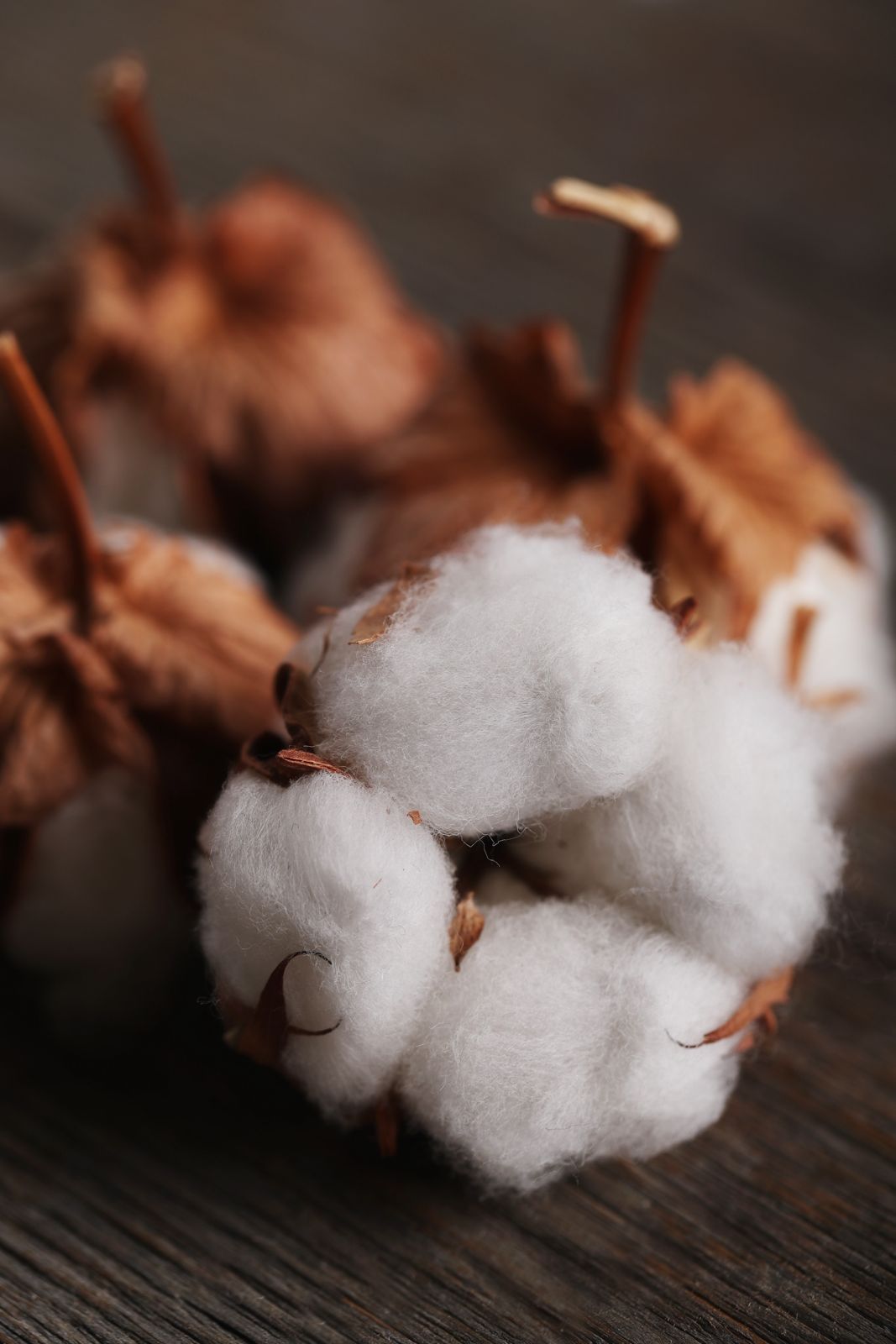KARACHI: The cotton market has shown signs of stability, with business activity also picking up. The spot rate has increased by Rs 300 per maund, marking a positive trend for traders and growers. Several ginning factories in Sindh and Punjab have partially resumed operations, while approximately 20,000 to 25,000 bales of phutti (seed cotton) have already arrived at ginning facilities.
However, the textile and cotton ginning sectors are facing pressure due to recent budget measures. The continuation of sales tax on cotton, phutti, and other by-products, along with the decision to keep imported cotton tax-free, has negatively impacted the industry. Ehsan ul Haq, Chairman of the Cotton Ginners Forum, stated that these policies are having adverse effects.
Abid Zaidi reported that authorities are closely monitoring the cotton crop situation in Pakistan. Agricultural experts from the CCRI Multan have issued recommendations for cotton growers, valid until June 30. Sajid Mahmood explained that the guidelines provide detailed instructions on crop maintenance and strategies to address potential challenges.
During the past week, the local cotton market witnessed overall price stability with relatively better trading activity. In Sindh province, cotton prices ranged between Rs 16,300 to Rs 16,700 per maund, while in Punjab, prices stood at Rs 16,800 to Rs 17,200 per maund. Meanwhile, phutti (seed cotton) was traded at Rs 7,700 to Rs 8,500 per 40 kg in Sindh and Rs 8,000 to Rs 8,800 per 40 kg in Punjab.
Currently, two to three ginning factories are operational in both Sindh and Punjab, leading to increased cotton trading. Several mills are actively purchasing new cotton, while the arrival of phutti has also been gradually rising.
In the recent budget, the government eliminated the Export Facilitation Scheme (EFS) for the textile and ginning sectors on the import of cotton and fabric. However, ginners had hoped for the removal of multiple taxes imposed on them, but the budget only introduced an 18% sales tax on yarn imports. While the All Pakistan Textile Mills Association (APTMA) has appreciated some measures, ginners expressed significant disappointment as most existing taxes on them remain unchanged.
The negative impact of these taxes is expected to extend to cotton growers, who have also expressed dissatisfaction with the budget decisions.
The EFS facility for importing cotton and fabric is currently available, which is expected to negatively affect the local cotton industry. Since an 18% sales tax is imposed on local cotton, the market will struggle to gain momentum, directly impacting cotton farmers. If cotton prices decline, the rates for cottonseed (phutti) will also drop. Additionally, with high input costs for cotton growers, there are concerns that cotton cultivation may decrease this season.
This year, major mill groups have already signed large-scale import contracts for cotton, leading to relatively lower purchases of local cotton. As a result, ginners and cotton farmers will see reduced demand for both phutti and raw cotton, and prices are expected to remain unfavourable. The situation may further discourage cotton production in the coming season.
In Sindh, the price of cotton per maund ranged between Rs16,300 and Rs16,700, while phutti (seed cotton) for 40 kg was sold at Rs7,700 to Rs8,500. Meanwhile, in Punjab, cotton per maund was traded at Rs16,800 to Rs17,200, with phutti (40 kg) priced between Rs8,000 and Rs8,800.
The Spot Rate Committee of the Karachi Cotton Association increased the spot rate by Rs300 per maund, closing the spot rate at Rs16,500.
Naseem Usman, Chairman of the Karachi Cotton Brokers Forum, reported that international cotton prices remained weak. The future price of New York cotton closed at 64.10 to 67.00 American cents per pound.
The cotton ginning and oil mills sector is facing growing concerns following the federal budget’s failure to eliminate sales tax on cotton and its by-products. Industry leaders fear that more ginning factories and oil mills may shut down, leading to a surge in undocumented trade.
Business communities are urging Prime Minister Shehbaz Sharif to allocate the substantial annual funds of over Rs. 700 billion from the Benazir Income Support Program towards reviving struggling industries instead of charity. They argue that boosting businesses will strengthen the national economy.
Ehsan ul Haq, Chairman of the Cotton Ginners Forum, revealed that despite recommendations from a committee formed on Prime Minister Shehbaz Sharif’s directive—supporting textile mill owners’ demands to either abolish the Export Facilitation Scheme (EFS) or implement it domestically—the budget retained sales tax on cotton, cottonseed, oilcake, and cottonseed oil. Additionally, no sales tax was imposed on imported cotton, further destabilizing the sector.
Haq warned that over 800 already inactive ginning factories and 1,000 oil mills could be joined by more closures. He highlighted that Pakistan, once the world’s fourth-largest cotton producer, has now fallen to seventh place due to excessive sales taxes (over 70%) on ginning and oil industries, non-implementation of crop zoning laws, and unchecked sugarcane cultivation.
A significant portion of Pakistan’s foreign exchange reserves is now spent on importing cotton, yarn, and edible oil. Instead of reviving distressed industries or reducing taxes, a major chunk of national resources (over Rs. 700 billion) is being diverted toward charity or misused under its guise. Haq appealed to PM Shehbaz Sharif to redirect these funds toward industrial revival to bolster the economy.
Expectations were high that ginning factories in Punjab and Sindh would resume operations after Eid-ul-Adha holidays. However, due to the unchanged tax policies, only a limited number have restarted despite increased cotton arrivals in several cities. This has led to declining prices for cotton and Phutti, directly hurting farmers and weakening the economy. Experts also warn of a potential record rise in undocumented trade as a result.
Abid Zaidi said that at present, only a few ginning factories are operational in Sindh and Punjab, ( number is increasing day by day )working at a slow pace due to limited arrivals at the start of the season.
The growers, ginners and the textile industry had placed high hopes on the federal budget, anticipating supportive measures from the government. However, no tax relief was granted. As a result, market sentiment turned negative, and lint prices sharply declined by Rs. 1,000 per maund from Rs. 17,500 to Rs. 16,500 in a single day. Adding to this pressure, global cotton prices are also weak, further dampening the domestic market.
The combination of high input costs and falling cotton prices has deeply disappointed growers, who were already facing hardship due to low wheat prices earlier in the year. Current government policies appear to favour imports, placing further strain on local farmers. Without a level playing field, the survival of growers, ginners, and even the textile industry is in serious jeopardy under the prevailing tax regime and the cotton demand is likely to drop about one million bales this year.
Cotton sowing is already lagging significantly behind targets, and if the current tariff structure continues, farmers will be further discouraged from planting cotton. As a result, Pakistan’s cotton production is expected to fall short of projections. In addition, rising temperatures and a growing whitefly infestation are likely to further damage the crop. Hardly 400 ginning factories are likely to be operational this season and the rest will take rest. We may have even lower production compared to last season.
In its recent meeting, the Farmers Advisory Committee at the Central Cotton Research Institute (CCRI), Multan, issued detailed agronomic recommendations for cotton growers, effective through June 30. Cotton experts highlighted increasing pest pressures in cotton-growing regions, particularly from whitefly, jassid, thrips, and other insect pests. Growers were strongly advised to conduct regular pest scouting and apply pesticides only when pest populations reach economic threshold levels, and in consultation with cotton experts.
Head Transfer of Technology CCRI Multan Sajid Mahmood said for jassid control, when the population reaches one nymph or adult per leaf, farmers should apply Dinotefuron at 100 grams or Flonicamid at 60 grams per 100 litres of water per acre. These insecticides are also effective against aphids. In the case of thrips, where 8–10 nymphs or adults per leaf are observed, Spinetoram at 60 ml or a mixture of Abamectin + Thiamethoxam at 500 ml per 100 litres of water per acre is recommended—particularly if mite infestation is also present.
Experts recommended delaying the initial pesticide application as long as possible. For whitefly management, the use of at least 10 yellow sticky traps per acre is advised. If the population exceeds five nymphs or adults per leaf, chemical control using Flonicamid (80 grams), a mixture of Centrinili Prol + Dinotefuran (300 ml), or Pyriproxyfen (400–500 ml) per 100 litres of water per acre should be adopted.
In fields where boll formation has commenced, pink bollworm infestation has been reported. Farmers should install one pheromone trap for monitoring and eight traps per acre for active management. For termite control, a combined application of Chlorpyrifos (1000 ml) and Fipronil (480 ml) through flood irrigation using a single nozzle is advised.
For fields in the flowering or boll development stage, consistent and adequate irrigation is essential. Thinning should be completed within 25 days under moist soil conditions, and all weak or diseased plants should be removed. Effective weed management through timely irrigation and mechanical control—particularly in the first 60 days—is crucial, as unchecked weed growth can result in up to 40% yield loss. The use of high-tine cultivators (riggers) is recommended once the crop is six weeks old. Additionally, in glyphosate-tolerant varieties, glyphosate may be applied at 800–1000 ml per 100 litres of water per acre to manage weeds.
For cotton sown in March–April for seed purposes, rouging—removal of unwanted, off-type, or diseased plants—should be completed before boll formation. In cases where fruit shedding symptoms are observed, a foliar spray of zinc sulphate (250 grams), borax (150 grams), and magnesium sulphate (300 grams) in 100 litres of water per acre is recommended. To enhance nutrient uptake, a separate solution of 2 kg of urea should be added to the spray mix, and the application repeated after 15 days.
Furthermore, once the crop reaches 45 days of age, a post-irrigation application of one bag of urea along with 5–6 kg of zinc sulphate is recommended to support optimal growth and productivity.
These guidelines have been developed by CCRI’s cotton experts to help cotton growers safeguard crop health and maximize yields during the critical mid-season growth phase.















